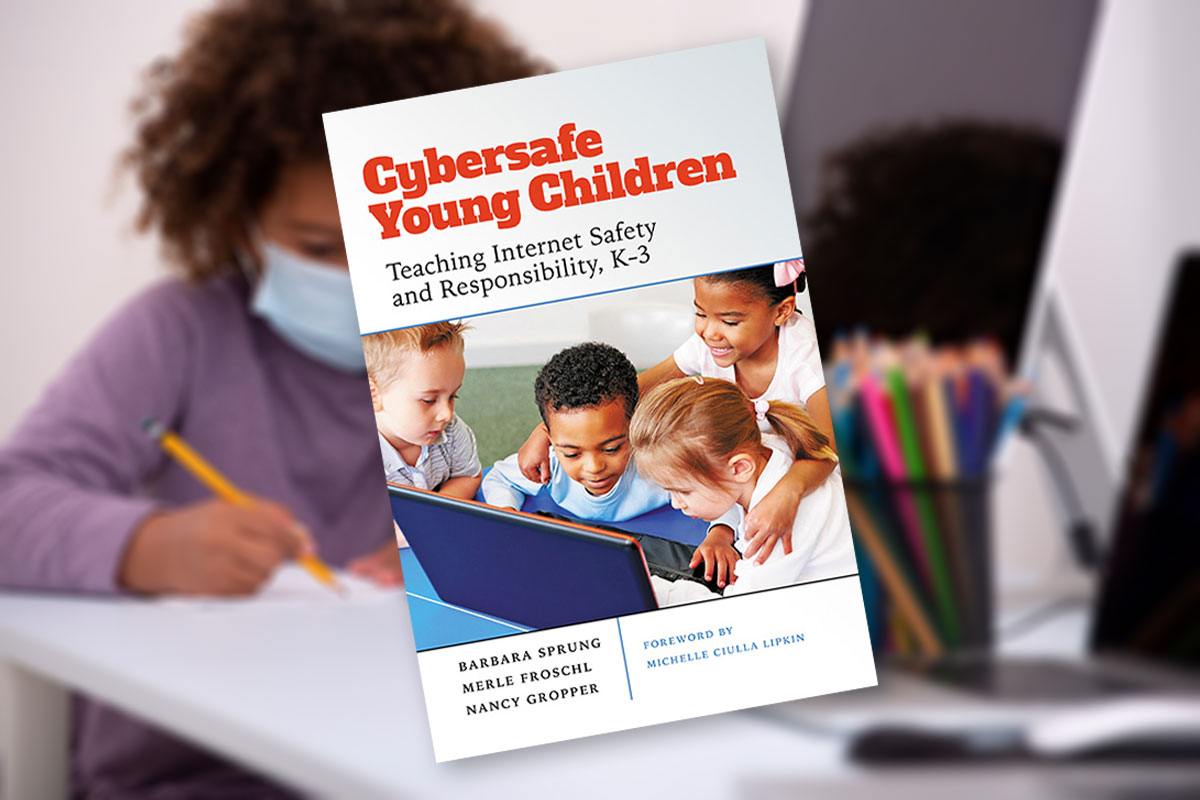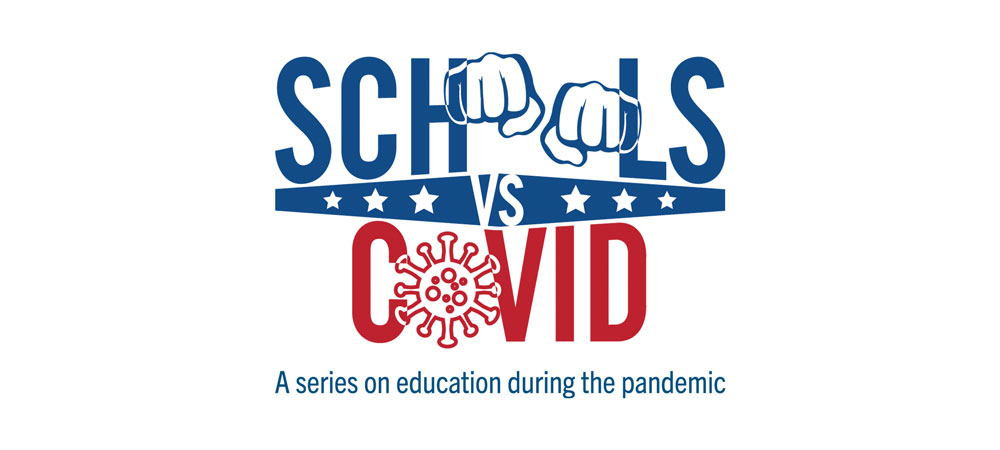By Barbara Sprung, Merle Froschl and Nancy Gropper
A two-year-old has a “baby music” class online.
A four-year-old now has permission to use his mother’s formerly forbidden cellphone.
K-3 students participate in online classes regularly.
Many parents and children now work at home.
The COVID-19 pandemic has caused a sea change in K-3 education.
Instead of engaging in a curriculum of primarily hands-on activities combined with a few online lessons, young children in much of the United States are now spending nearly all of their schooling hours online. And that means that administrators, teachers and parents must pay even more attention to issues of safety, quality and healthy development.
Of course, the cyberworld has long posed hazards for youth.
Research conducted in 2016 showed that that nearly 60 percent of teenagers were on social networks and 26 percent had public profiles. Thirty percent of all children reported that excessive time online had led to lack of sleep, neglect of schoolwork and less time for friendship. Many reported frequent exposures to inappropriate content.
As we head into this unprecedented new school year, it is especially important to focus on digital citizenship — a term that has emerged to describe efforts to teach children of all ages to use the Internet safely and responsibly.
Perhaps of most concern, more than 30 percent of teens reported being subjected to cyber-bullying. And while that form of aggression typically occurs among older children, face-to-face teasing and bullying are already the realities at the early childhood level, and increased use of interactive technology makes it likely that younger children will become targets and even perpetrators.
As we head into this unprecedented new school year, then, it is especially important to focus on digital citizenship — a term that has emerged to describe efforts to teach children of all ages to use the Internet safely and responsibly.
Face-to-face teasing and bullying are already the realities at the early childhood level, and increased use of interactive technology makes it likely that younger children will become targets and even perpetrators.
Researchers recommend that all school districts adopt an anti-sexting policy by clearly stating that sexually explicit images of minors on any device is prohibited, regardless of whether any state laws are being violated.
Classroom rules for online behavior should be established, and there should be discussions of digital technology and social media — for example, of what privacy entails, and that “permanence” in the cyberworld means that what is posted online stays there.
Teachers should work to create a classroom culture that fosters kindness, empathy and friendship. Activities should be built around the essentials of early learning and social and emotional development.
Meanwhile, it is well to remember the recommendation of the U.S. Department of Education, made in a 2016 report titled Early Learning and Educational Technology Policy, that “technology is more effective for learning when adults and peers interact or co-view with young children.”
For parents — especially those trying to work at home while also supervising schooling and care for children’s many needs — that can seem like an overwhelming challenge. But in the midst of a pandemic that has upended so many of the comforting routines of daily life, it can be important and empowering to incorporate the development of social-emotional competence, empathy, and kindness skills into online lessons.
Teachers should work to create a classroom culture that fosters kindness, empathy and friendship. Activities should be built around the essentials of early learning and social and emotional development.
Choose picture and chapter books that promote discussion about feelings. Many are available on YouTube. Reading, drawing and online discussions promote literacy as well as the skills listed above.
Take real-time “story breaks” to relieve the online quality of the day. Choose stories that promote social-emotional skills. Follow-up can include asking children to write or draw stories of their own. Reading and writing poetry is another way to combine literacy and social-emotional development.
And remember that there are many resources that can help with this work.
High quality interactive programming for young children is widely available for downloading through sources such as Scholastic (www.scholastic.com) and Common Sense Media (commonsensemedia.org).
In our own book, Cybersafe Young Children: Teaching Internet Safety and Responsibility, K-3 (Teachers College Press 2020), we suggest activities to help teach about issues such as permanence, privacy, and password protection, and offer a list of other books and articles that deal with face-to-face teasing and bullying, online safety and cyber-bullying protection.
Pandemic or not, as teachers and parents we want education to be geared to the growth and development of the whole child. Academics, including literacy, executive function and concept development around math, science and social studies are essential — but equally essential are the so-called “softer skills” of empathy, social-emotional competence, kindness. Neglecting those skills now for expediency can have consequences later.
In summary, teaching about digital citizenship cannot wait until children are in classrooms every day, or on split in class/online schedules, or learning fully online. Digital citizenship can and should be addressed every day. In this day and age, it is not a supplement to regular curriculum, but arguably the most part.
Barbara Sprung, Merle Froschl, Nancy Gropper are the coauthors of Cybersafe Young Children: Teaching Internet Safety and Responsibility, K-3, published in March 2020 by Teachers College Press

